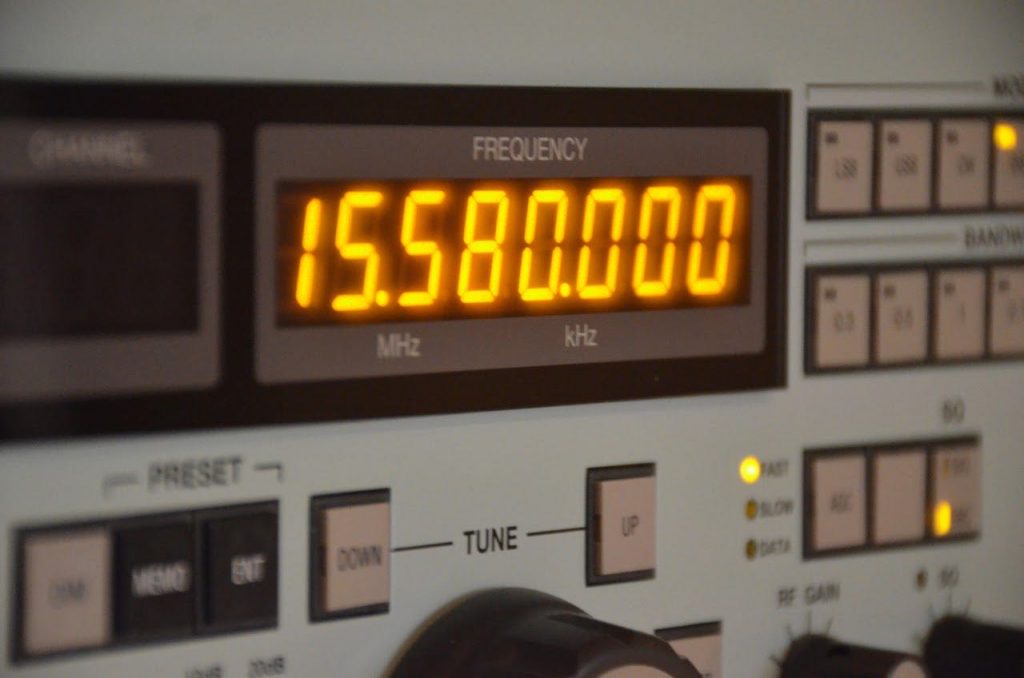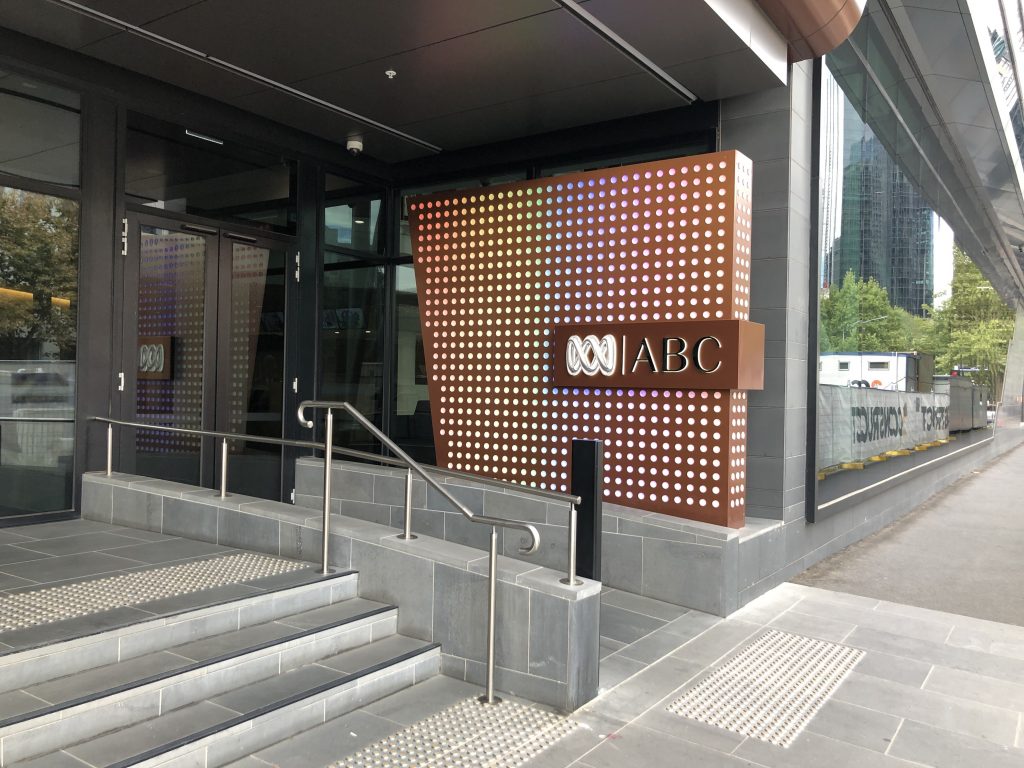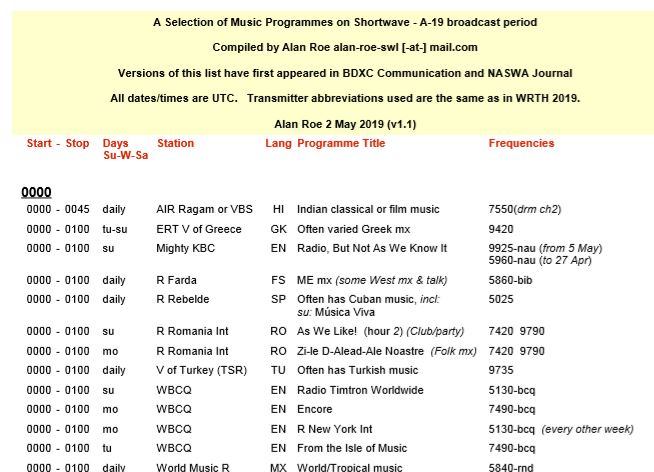Encore – Classical Music on shortwave – broadcast Sunday afternoon in Europe & USA
Encore – Classical Music this weekend is being broadcast as usual by Channel 292 (Europe) on 6070 kHz at 15:00 UTC Sunday 5th May.
And by WBCQ on 7490 kHz at 00:00 – 01:00 UTC Monday 6th May.
There is a repeat on 6070 kHz on Friday 10th May at 19:00 UTC.
The Programme this week will start with Itzak Perlman playing some Sarasate on his Strad. Then, as if that won’t be gorgeous enough, we will have Dido’s Lament (Henry Purcell) – and a movement from Beethoven’s 6th – the Pastoral. Next we calm down with a Cello Suite from Bach before something a bit startling by Messiaen followed by the ‘Motorbike’ trombone concerto by Sandstrom. The hour will end with Dvorák and Copland.
As usual – reception reports and requests for music to play in future programmes will be very welcome.
Regular Broadcast times are:
15:00 – 16:00 UTC Sunday, and repeated 19:00 – 20:00 UTC Friday on 6070 kHz (Channel 292 Germany).
00:00 – 01:00 UTC Monday on 7490 kHz (WBCQ – Maine).
Brice Avery – Encore – Radio Tumbril – www.tumbril.co.uk








